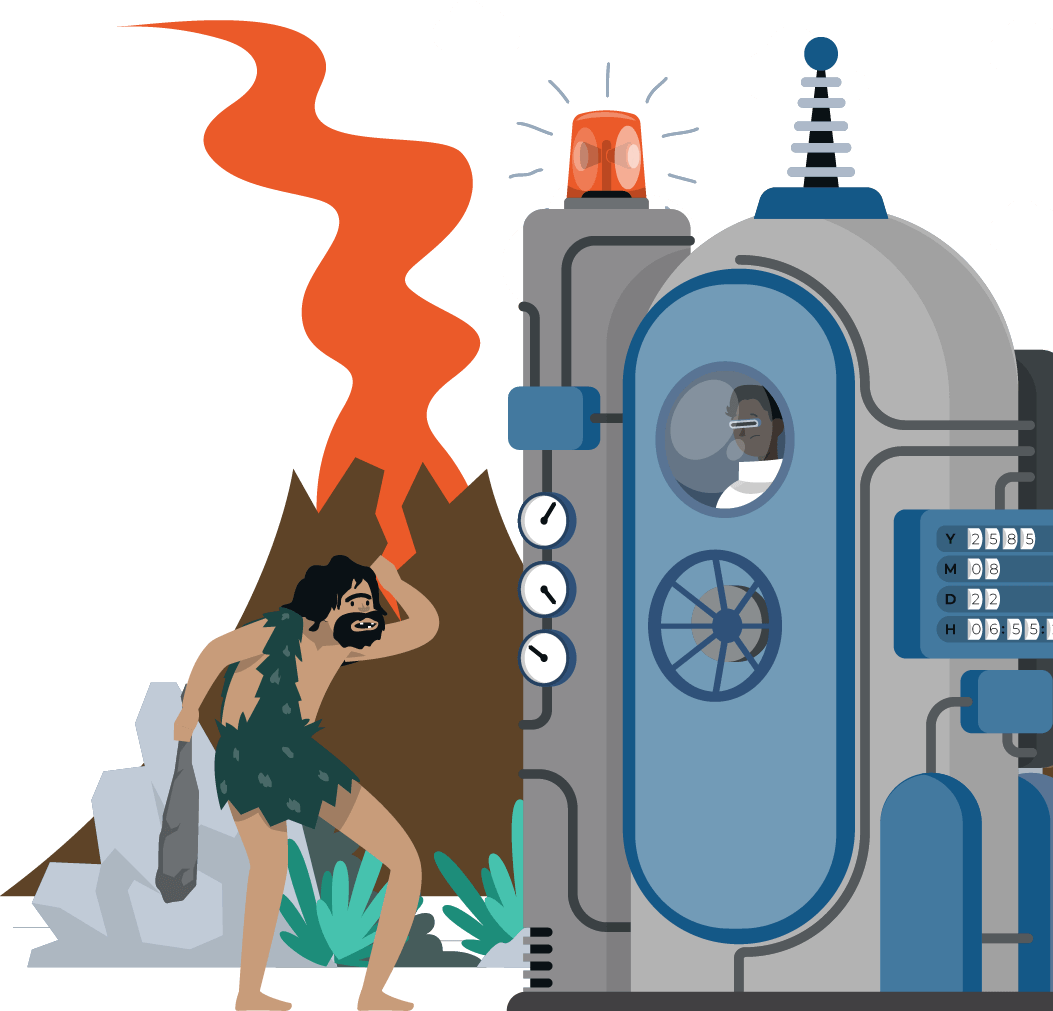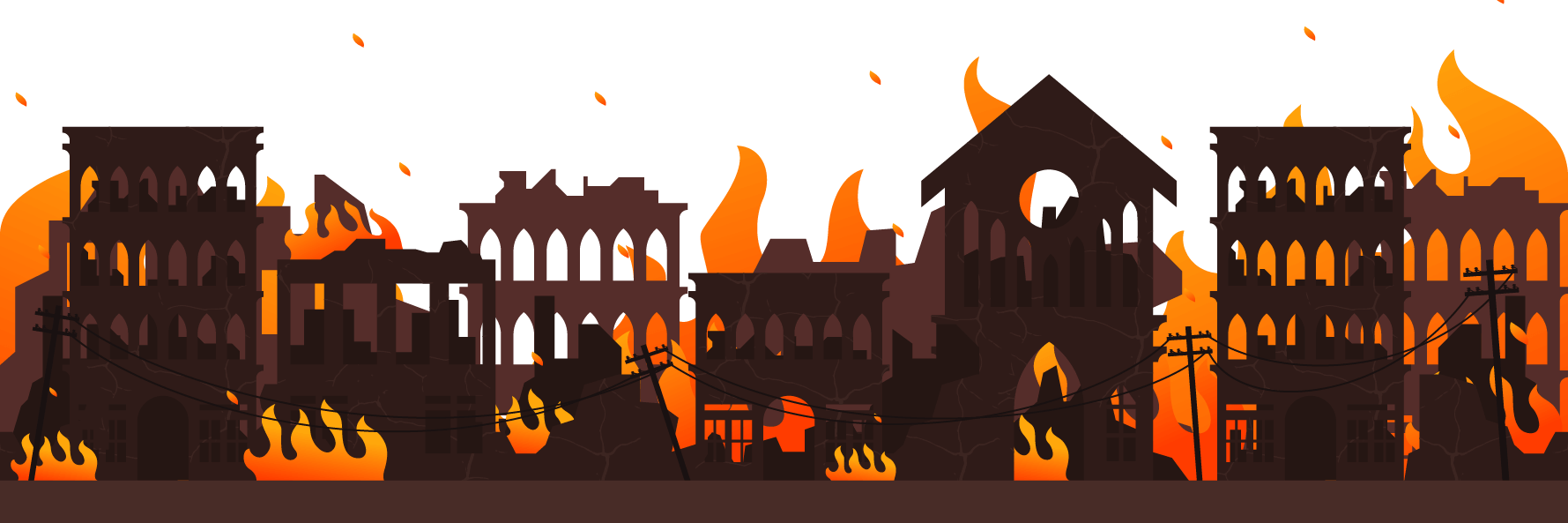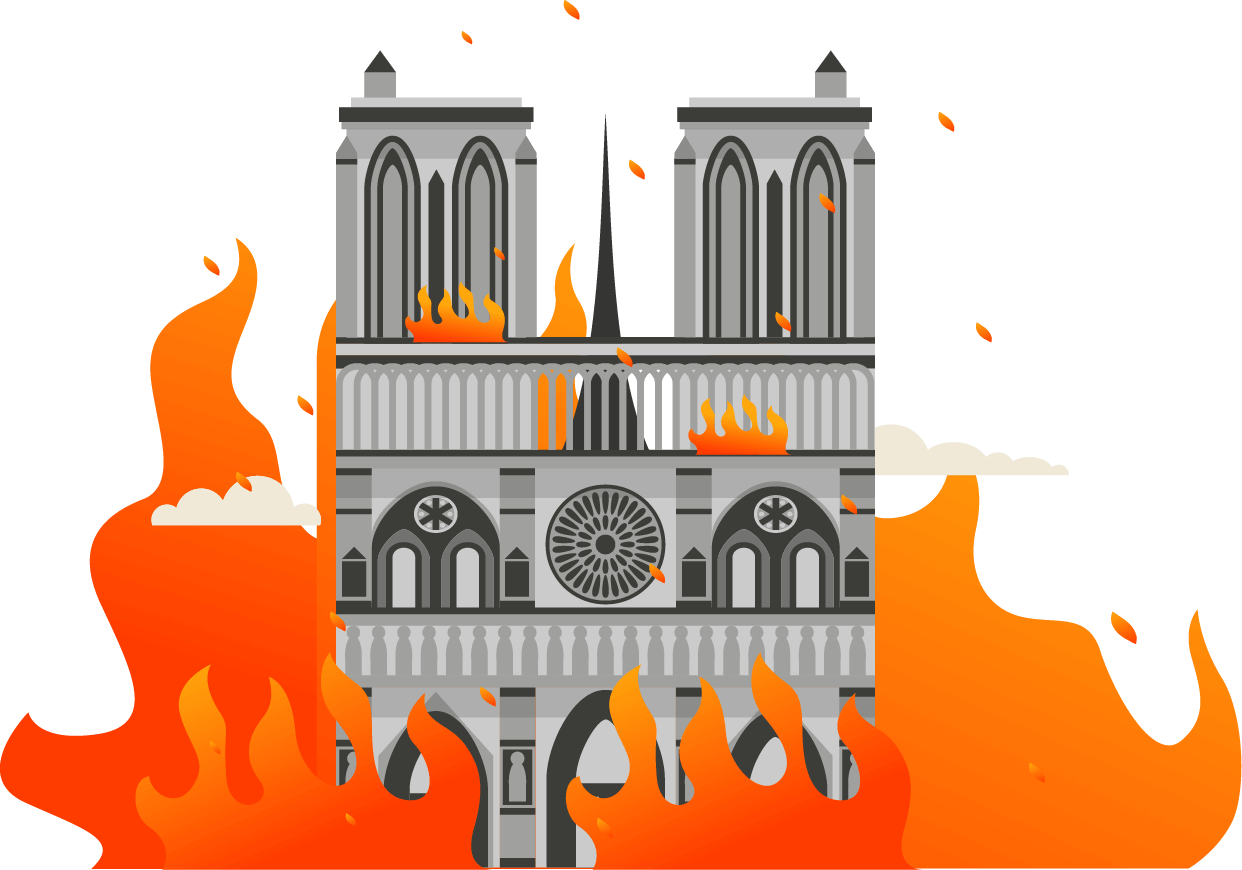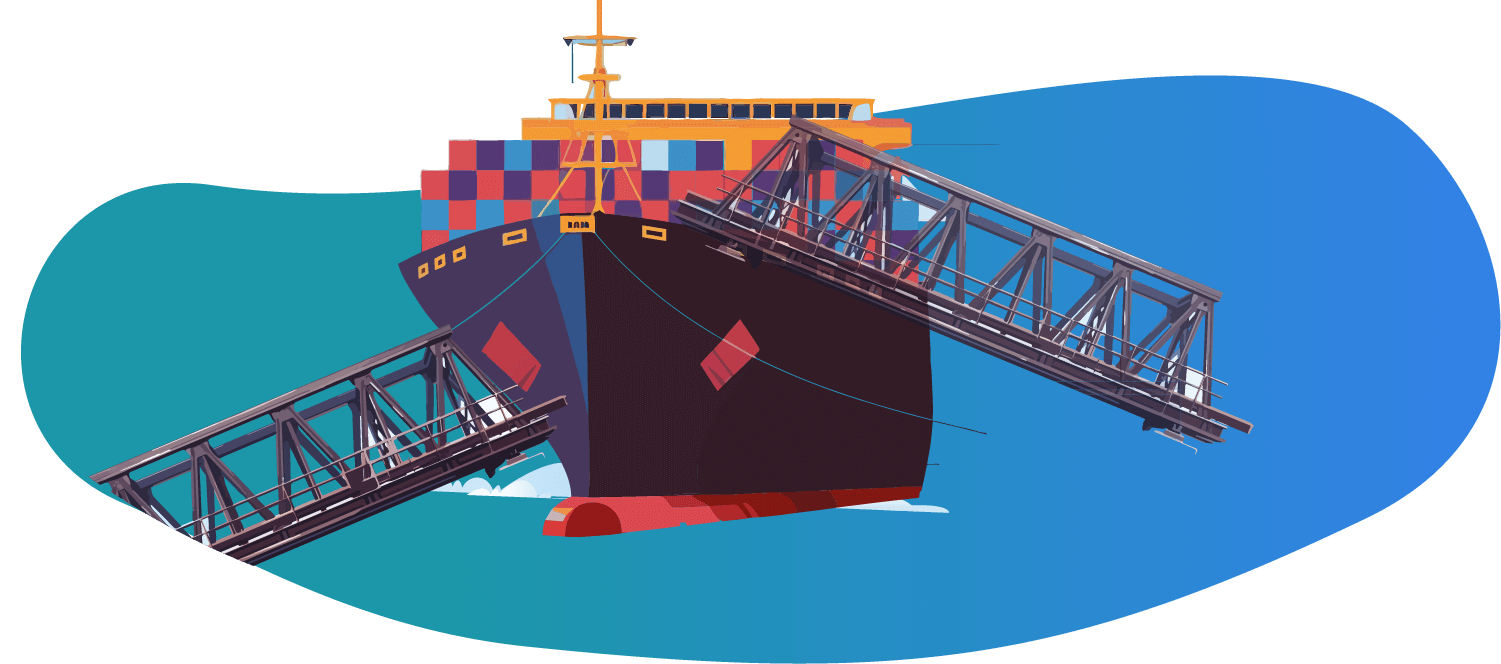Origin and cause:
science’s quest for
answers throughout the ages

Forensic engineering represents the perfect blend of tradition and innovation. Officially established in the 1970s, it draws on centuries of scientific knowledge. The creation of CEP Forensic in 1972 came at a time when the field was gaining momentum, driven by the knowledge and creativity passed down through generations.
Even before the term “forensic engineering” was coined, its techniques played a vital role in uncovering the origins and causes of incidents.
Origin and cause through the history of forensics
As you know, using science to solve mysteries is nothing new! From ancient civilizations to modern investigations, the quest for truth has always been intertwined with scientific discovery.
With that in mind, we invite you to join us on a journey through history, highlighting five historical cases where forensic science was, or could have been, crucial in determining their origin and cause.



The bridge from hell
In 1891, a bridge in Switzerland tragically collapsed under the weight of a train, just 16 years after being constructed by engineer Gustave Eiffel. This disaster taught him valuable lessons and set the stage for his later work on the iconic tower in Paris that now bears his name.


Salem in flames: Unraveling the origin and cause
The Great Fire of 1914 almost destroyed half of Salem. It started in a tannery, where the presence of sheepskins, along with various flammable materials and chemicals, is thought to have fueled its rapid spread. However, no official cause or origin has ever been established.


The Erika disaster: a tanker lost at sea
On December 12, 1999, the oil tanker Erika split in two off the coast of Brittany amid extremely harsh weather conditions. Approximately 19,800 tonnes of heavy fuel oil spilled into the Atlantic Ocean.


Paris in flames
In 2019, the world watched in shock as flames engulfed the prestigious Notre-Dame de Paris cathedral. This catastrophic event triggered an in-depth investigation, in particular into building fires.


Boat vs. bridge
In 2024, a container ship collided with a bridge in Baltimore, leading to its collapse. Was it a bridge problem? Possibly. However, there is some evidence that the ship experienced power problems prior to departure. So, what was the origin and cause?

Ice storm: Eastern Canada froze, but CEP Forensic kept moving!
Nearly three decades after the 1998 ice storm, its impact still looms large over Quebec’s climatic history. The province recorded unprecedented figures:
- 1,000 pylons and 24,000 poles collapsed under the weight of the ice.
- Many structures collapsed due to ice build-up and falling branches.
- Numerous fires, often triggered by overloaded or faulty electrical equipment, which in turn were a direct result of widespread power outages and makeshift efforts to restore power. In Montreal, firefighters responded to 43 fires, 24 of which were directly related to the ice storm.
- Seven deaths from carbon monoxide poisoning caused by inadequate use of generators or alternative heating systems.
- Nearly 1.4 million households were without electricity, some for several days.
230 000 HOMES IN THE DARK!
In Eastern Ontario, more than 230,000 homes were left without power. The total financial impact of the storm across all affected areas is estimated to be around $5.4 billion.
Throughout this significant crisis, CEP not only ensured that its teams performed exceptionally well, but also demonstrated its responsiveness, reliability and ability to maintain control despite unexpected circumstances.
Ice storm: Eastern Canada froze, but CEP Forensic kept moving!
Nearly three decades after the 1998 ice storm, its impact still looms large over Quebec’s climatic history. The province recorded unprecedented figures:
- 1,000 pylons and 24,000 poles collapsed under the weight of the ice.
- Many structures collapsed due to ice build-up and falling branches.
- Numerous fires, often triggered by overloaded or faulty electrical equipment, which in turn were a direct result of widespread power outages and makeshift efforts to restore power. In Montreal, firefighters responded to 43 fires, 24 of which were directly related to the ice storm.
- Seven deaths from carbon monoxide poisoning caused by inadequate use of generators or alternative heating systems.
- Nearly 1.4 million households were without electricity, some for several days.
230 000 HOMES IN THE DARK!
In Eastern Ontario, more than 230,000 homes were left without power. The total financial impact of the storm across all affected areas is estimated to be around $5.4 billion.
Throughout this significant crisis, CEP not only ensured that its teams performed exceptionally well, but also demonstrated its responsiveness, reliability and ability to maintain control despite unexpected circumstances.
CEP services: driven by science, powered by engineering
The quest to understand the origin and cause of events has always been a central theme of human exploration. Our advances in various scientific fields are a testament to our enduring desire to better understand, adapt to, and improve the world around us.
This drive has been the guiding principle of CEP Forensic since 1972. Inspired by the dynamic nature of research and the emergence of new areas of forensic investigation, our experts continue to hone their skills.
Our mission? To leave no question unanswered.![]()
From biomechanics and chemistry to electrical engineering, mechanical engineering, environmental science, collision reconstruction, civil and structural engineering, materials engineering, and fire investigations, we use a multidisciplinary approach to uncover the truth behind each origin and cause, one clue at a time. In the realm of forensic engineering, every mystery is an opportunity to expand our knowledge.
Discover how forensic science and engineering can work to your advantage! Contact CEP Forensic and experience our dedication, transparency, and thorough approach. We’re here to help you uncover the origin and cause of any incident, historical or contemporary.

